This April, the skies will deliver a mesmerizing show: the “Great North American Eclipse.” From April 7 to April 10, a spectacular total solar eclipse will sweep across the United States, from Maine to Texas.
Unlike ordinary celestial events, this eclipse promises to turn day into night, igniting excitement nationwide.
FAA’s Heads-Up: Airport Overload Alert
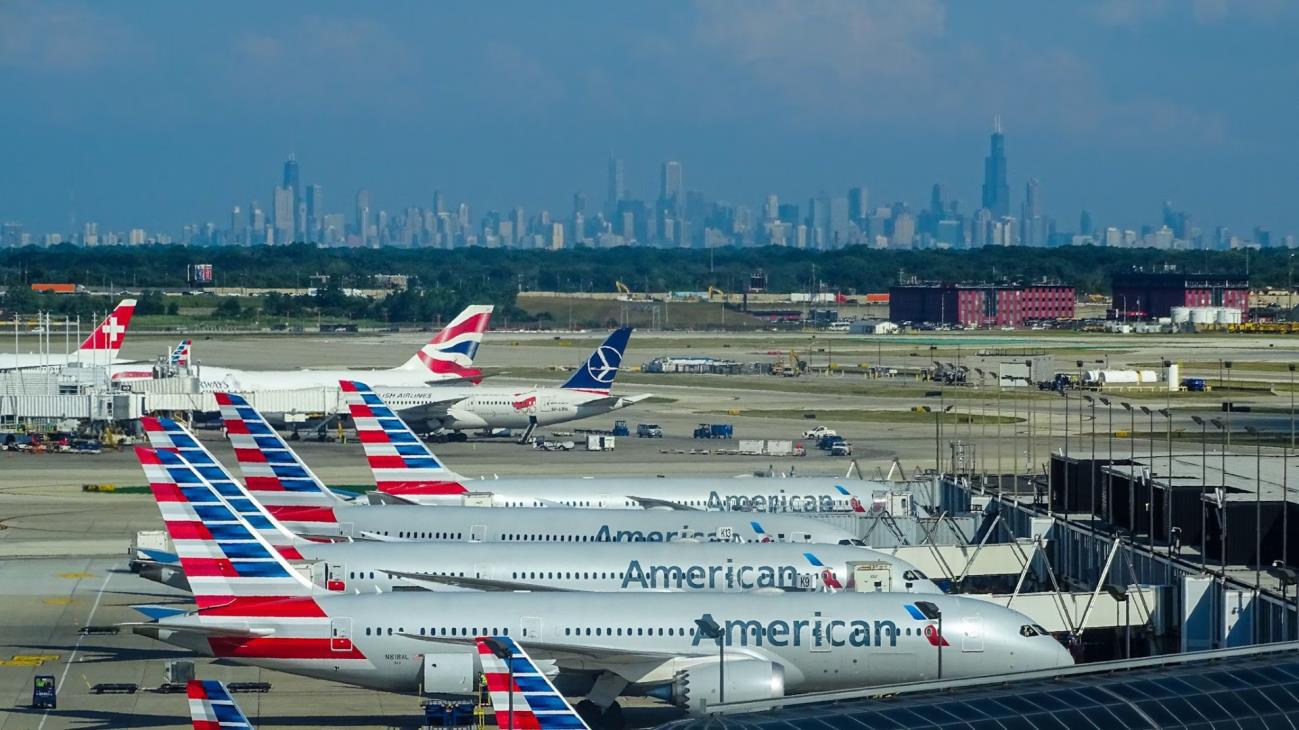
The Federal Aviation Administration (FAA) has issued a stark warning: expect airport overload. As travelers converge from all corners to witness the eclipse, airports along the eclipse’s path are bracing for impact.
The FAA predicts that airports near the “path of totality” will likely experience delays and rerouting from April 7 through April 10 (via The Daily Mail). This will affect hundreds of airports, including Dallas-Fort Worth International. If you’re flying out, pack patience along with your eclipse glasses.
Air Traffic Troubles Ahead
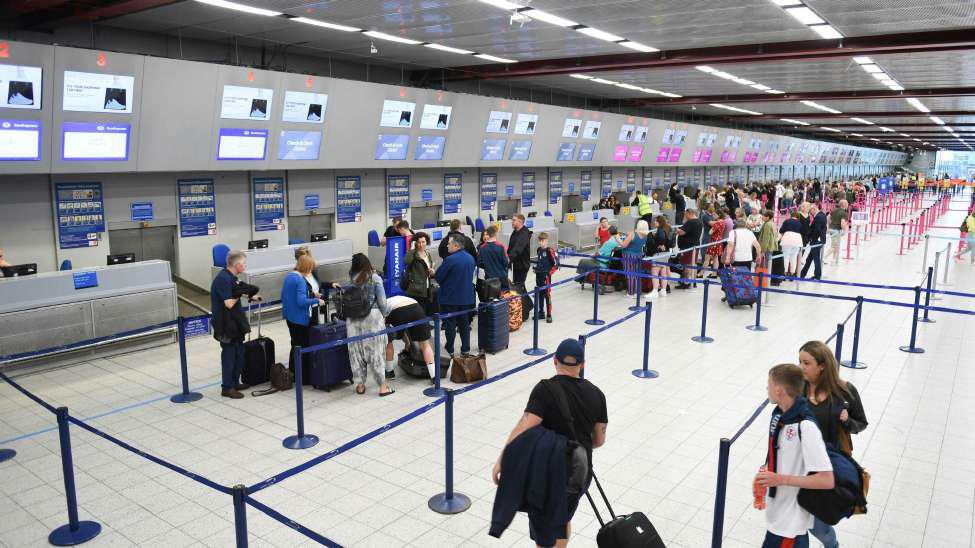
Airborne holding, reroutes, and Expect Departure Clearance Times (EDCTs) could become the norm for travelers during the eclipse period, as per the FAA’s announcement.
The skies will be busier than usual, and pilots flying in and out of popular airports are warned to prepare for sudden operational changes.
2017 Eclipse: A Traffic Nightmare Revisited
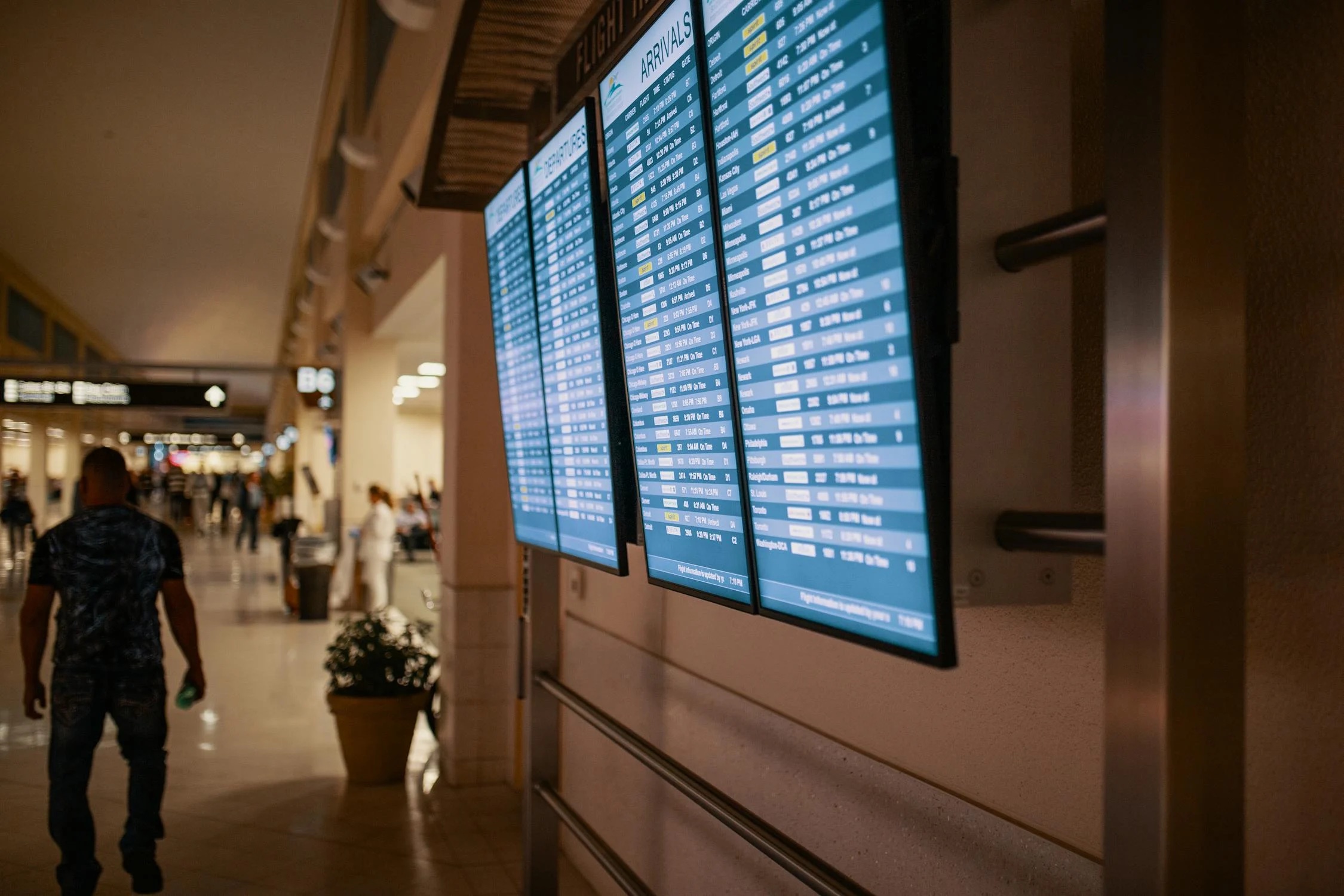
Flash back to 2017, when the solar eclipse caused a similar frenzy. Airports within the eclipse’s path, like St. Joseph in Missouri, saw air traffic soar by 200% (via Newsweek).
The surge led to ground stops and operational chaos at several airports. This historical spike serves as a warning: This year’s eclipse could rerun the same script of sky congestion and ground delays.
Local Airports on High Alert

Airports such as Burlington International and Austin-Bergstrom International are on high alert, prepping for the expected influx. Officials anticipate not just higher passenger volumes but also more aircraft in the sky, needing space to land and take off.
These airports, among others listed by the FAA, are gearing up to manage the surge effectively. If you’re planning to fly from these hubs, anticipate longer wait times and packed terminals.
Delta Air Lines Steps Up

In response to eclipse enthusiasts’ demand, Delta Air Lines is offering special flights aimed at offering prime sky views. The first flight sold out in less than 24 hours, showing the high enthusiasm for this natural spectacle.
“Delta flight 1010 will depart from DFW at 12:30 p.m. CT,” the company announced, gearing up for an unforgettable skyward journey.
Eclipse and Cell Service: A Potential Blackout?
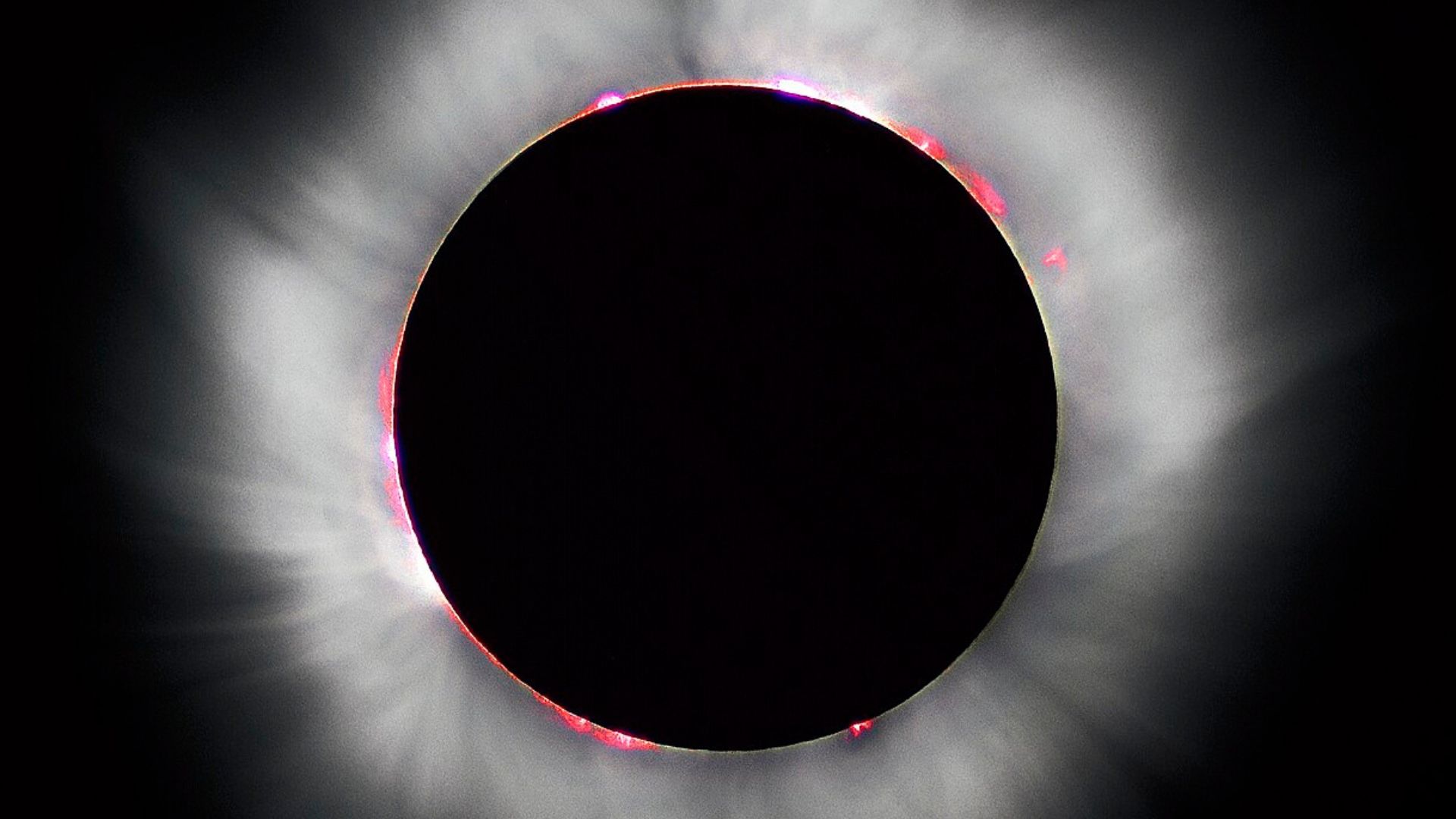
With an estimated 3.7 million people converging on the eclipse’s path, the strain on cellular networks could lead to connectivity blackouts.
T-Mobile and Verizon are prepping for the surge, according to The Mirror, deploying extra cell sites and portable towers. Yet, with such massive crowds, expect some digital silence during the eclipse, and plan your communications accordingly.
Preparing for the Influx: States Get Ready
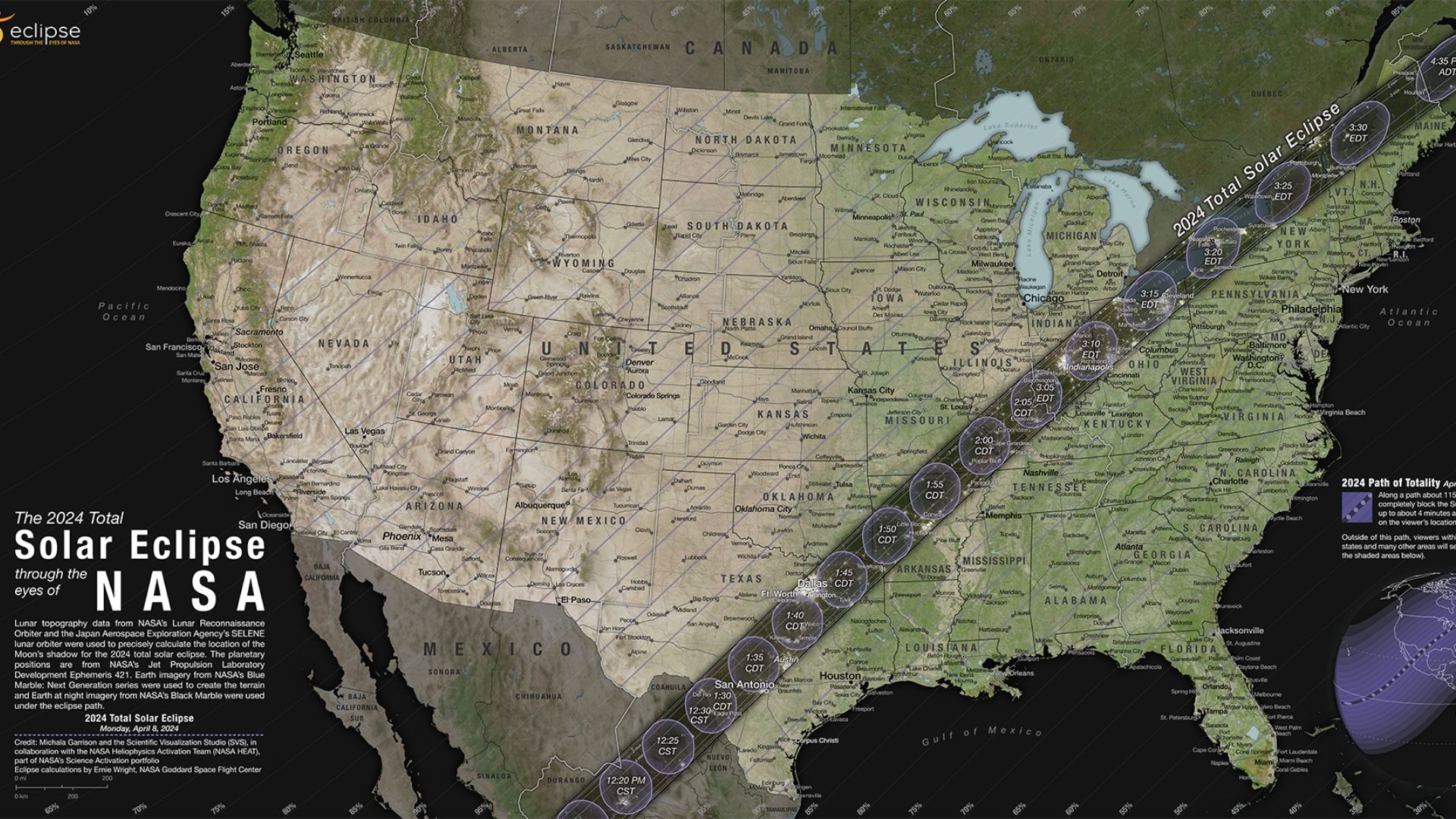
From the plains of Arkansas to the shores of Maine, states along the eclipse’s path are bracing for an unprecedented tourist influx. Local authorities are working tirelessly to ensure safety, order, and connectivity.
In Arkansas alone, officials are preparing for a population that could temporarily double (via KSLA News 12). It’s a massive logistical endeavor aimed at making this celestial event enjoyable and safe for all.
Safety First: Viewing the Eclipse

As the eclipse paints the sky, it’s crucial to protect your eyes. Health experts stress the importance of wearing proper solar eclipse glasses (via Cleveland Clinic).
It’s important not to look directly at the sun with the naked eye during the event, ruling out regular sunglasses or unfiltered cameras as safe viewing options. Ensure you’re equipped to witness the spectacle without risking your sight.
Beyond the Skies

The eclipse’s impact extends beyond crowded airports and darkened skies. Cellular networks might buckle under the tourist tsunami, and Texas’ solar power generation could dip significantly.
“Individual assets will lose up to 16% of their daily irradiance,” predicts Hugh Cutcher, a solar power expert (via The Daily Mail).
A Rare Spectacle: The Science Behind the Eclipse
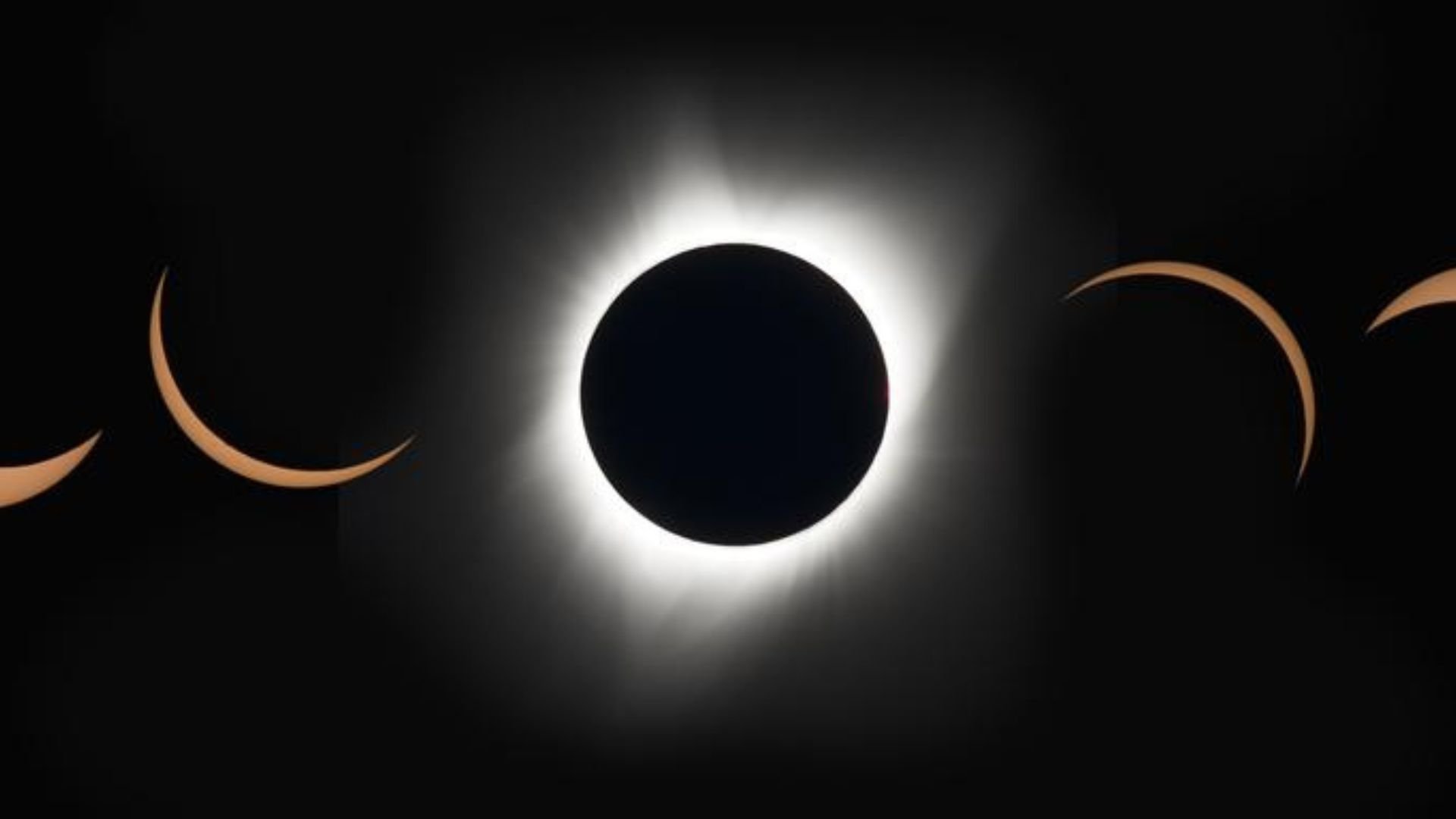
A total solar eclipse is a rare and captivating event where the moon completely obscures the sun, blanketing the Earth in daytime darkness.
This year’s eclipse is particularly notable, lasting significantly longer and covering a wider path than the one in 2017. It’s a marvel of celestial mechanics, highlighting the wonders of the universe that bring millions together in awe.
The Next Great Eclipse
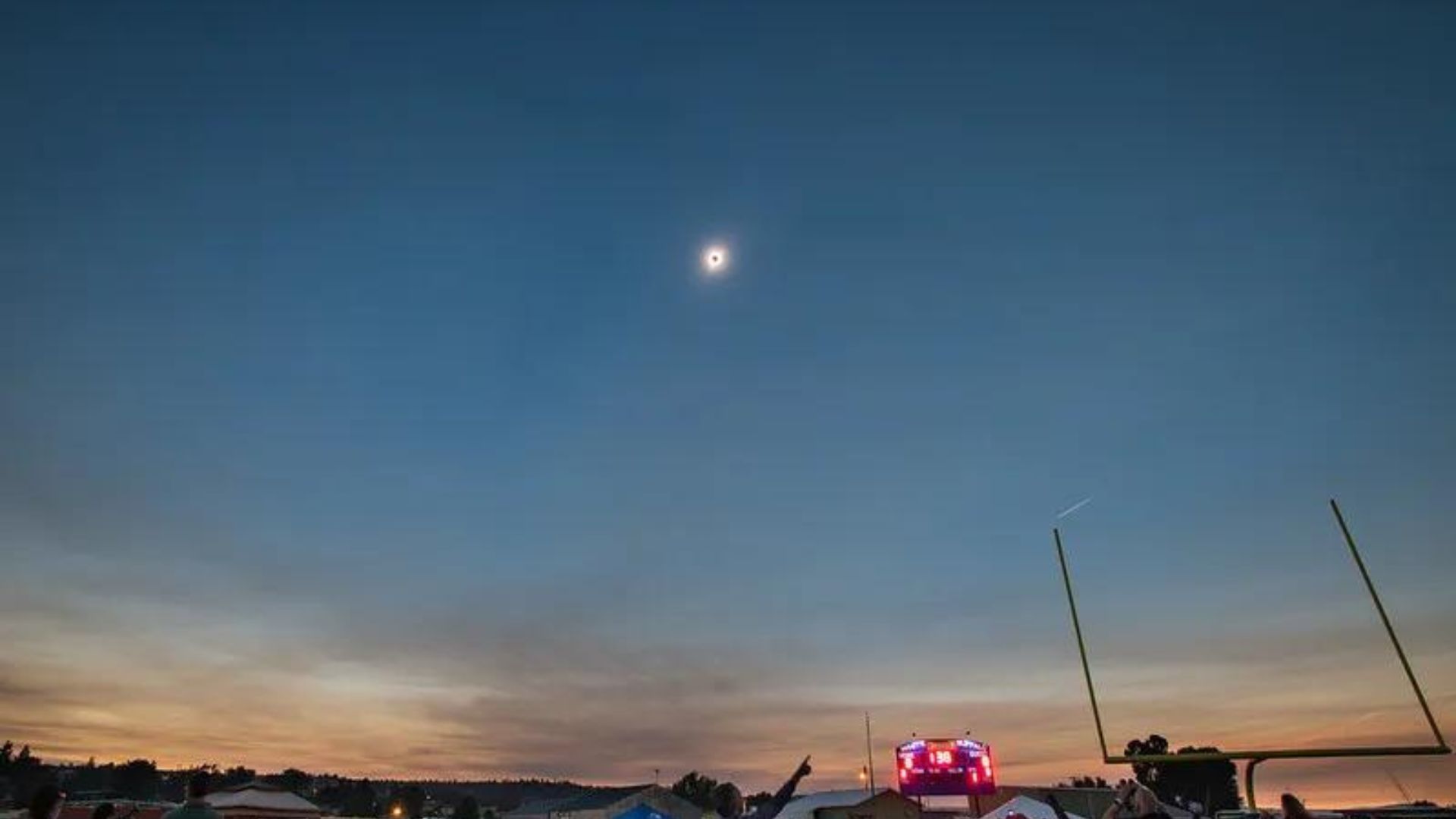
If you miss this year’s spectacle, brace yourself for a long wait. “The April 8 eclipse is the last total eclipse we’ll see over North America until 2044,” said Delta Air Lines lead meteorologist Warren Weston (via The Daily Mail).
So don’t miss your chance to witness one of nature’s most stunning displays and mark your calendars for the next great eclipse 20 years from now.
